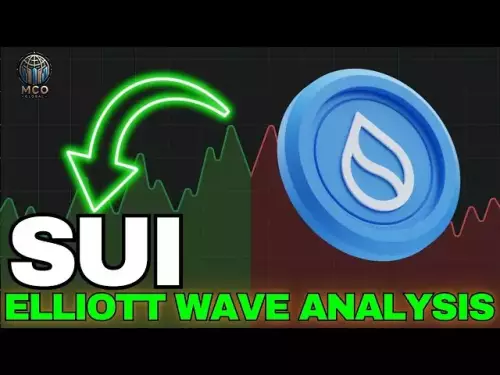 |
|
 |
|
 |
|
 |
|
 |
|
 |
|
 |
|
 |
|
 |
|
 |
|
 |
|
 |
|
 |
|
 |
|
 |
|
Cryptocurrency News Articles
Token Buybacks, Burns, and Tokenomics: What's the Deal?
Sep 20, 2025 at 03:45 am
Exploring the impact of token buybacks and burns on tokenomics, drawing insights from recent market trends and project strategies. Are these tactics effective or just hype?

Token buybacks and burns are buzzy topics in crypto, especially with projects trying to juice up their tokenomics. But are these strategies legit, or just smoke and mirrors? Let’s break it down.
The Buyback and Burn Basics
The core idea is simple: a project uses its funds to buy back its own tokens from the market and then “burns” them, which means permanently removing them from circulation. Think of it like a company buying back its own stock to boost the price. World Liberty Financial (WLFI), for example, recently got a thumbs-up from its community (99.8%!) for a buyback and burn program.
WLFI's Approach: A Case Study
WLFI's plan involves using all the fees earned from providing liquidity on platforms like Ethereum, Solana, and BNB Chain to buy back and burn their tokens. The aim? Reduce the circulating supply and potentially drive up the token value. When the news hit, WLFI saw a jump of over 6% in 24 hours and more than 13% in a week, trading around $0.236. It's a real-world example of how these strategies can play out.
Community Support: Make or Break
In the DeFi world, community backing is everything. WLFI's buyback got massive approval, and the token value popped by 5% soon after the announcement. Decentralized governance is also key. Buybacks aren't just about cutting supply; they're about building long-term trust. By getting rid of tokens held by short-term investors, WLFI's trying to foster transparency and get the community more involved.
The Double-Edged Sword
But hold up, it's not all sunshine and rainbows. Buybacks can create a false sense of security if the project doesn't have solid fundamentals. Remember that 47 million token burn WLFI did in September? Didn't seem to have a lasting impact. Also, reducing the circulating supply could hurt liquidity, scaring off new investors and causing volatility if the buybacks stop. It’s a balancing act.
Tokenomics and Utility: Trust Wallet's Play
Tokenomics goes beyond just supply and demand. Trust Wallet's TWT token is a good example. They've revamped their tokenomics to give TWT real utility across different layers – everyday finance, advanced trading, earning opportunities, and future innovations. Holding TWT unlocks access to features, rewards, and community perks. This approach ties the token's value directly to how much people use the platform.
Transparency Matters
WLFI is redirecting treasury fees from various blockchains toward buybacks to boost its deflationary efforts. But, there are concerns about limited transparency regarding the treasury fees and the number of tokens being bought back. Projects need to be open about what they're doing to keep the community happy.
Final Thoughts
Token buybacks and burns? They can be effective, but they're not a magic bullet. Community support, solid governance, transparency, and real utility are all crucial. As the crypto world keeps changing, projects need to adapt and balance these deflationary moves with sustainable growth. So, next time you see a buyback announcement, dig a little deeper. Is it just hype, or is there a real strategy behind it?
In conclusion, navigating the world of token buybacks and burns can feel like decoding a secret language, but with a bit of research and a healthy dose of skepticism, you'll be fluent in no time. Happy investing, folks!
Disclaimer:info@kdj.com
The information provided is not trading advice. kdj.com does not assume any responsibility for any investments made based on the information provided in this article. Cryptocurrencies are highly volatile and it is highly recommended that you invest with caution after thorough research!
If you believe that the content used on this website infringes your copyright, please contact us immediately (info@kdj.com) and we will delete it promptly.






























































